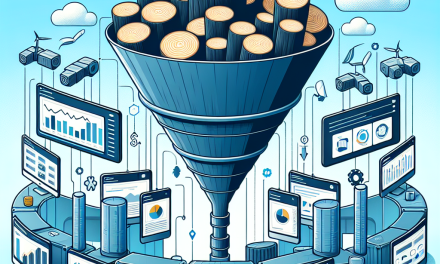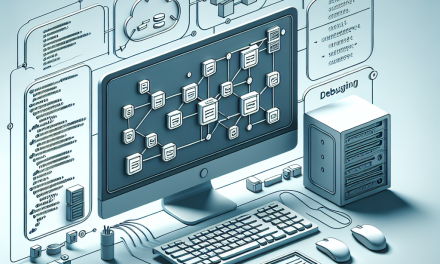Upgrading a Kubernetes cluster is crucial for maintaining security, leveraging new features, and ensuring your applications run smoothly. However, it can also be a complex process that requires careful planning and execution. At WafaTech, we advocate for best practices that can help you navigate this process effectively. Here are some essential strategies to consider when upgrading your Kubernetes cluster.
1. Understand the Release Cycle
Kubernetes follows a predictable release cycle, issuing minor versions every three months. Familiarizing yourself with the Kubernetes versioning scheme (Major.Minor.Patch) is essential. Focus on upgrading to the latest stable release in the minor version train to benefit from improvements and security patches.
Action Item:
Maintain a version compatibility matrix to track which Kubernetes versions are compatible with your deployed applications.
2. Review the Release Notes
Before upgrading, you should carefully review the release notes for the version you plan to upgrade to. Kubernetes release notes contain critical information about new features, deprecated APIs, and potential breaking changes.
Action Item:
Identify and plan for any deprecated APIs or functionalities that could affect your workloads.
3. Develop a Detailed Upgrade Plan
Creating a comprehensive upgrade plan ensures that all team members are aligned and understand their roles during the upgrade process. Your plan should include:
- Timeline: Schedule the upgrade during off-peak hours to minimize disruption.
- Rollback Procedures: Outline steps to revert to the previous version if the upgrade does not go as planned.
- Communication: Inform all stakeholders about potential impacts on services.
Action Item:
Use tools like Git or Confluence to document and share your upgrade plan with your team.
4. Test in a Staging Environment
Always upgrade a staging or development cluster before proceeding to production. This allows you to identify issues without impacting your users.
Action Item:
Conduct load and performance tests after the upgrade in the staging environment to ensure stability.
5. Monitor Resource Utilization
Upgrades can lead to changes in resource consumption. During the upgrade process, monitor CPU, memory, and I/O metrics to identify any unusual patterns or bottlenecks.
Action Item:
Set up alerting mechanisms to notify your team of any critical performance issues during the upgrade.
6. Use Kubernetes Operators
Kubernetes Operators can simplify the upgrade process by automating routine tasks and managing application lifecycles. Consider utilizing Operators to manage stateful applications during upgrades.
Action Item:
Evaluate available Operators for your applications and integrate them into your upgrade strategy.
7. Gradual Upgrades with Node Pools
If your cluster is running on managed Kubernetes, consider using node pools to perform a rolling upgrade. This approach ensures that your entire cluster is not taken down at once, allowing for better availability.
Action Item:
Configure your node pools for version upgrades and use kubectl drain to move workloads before upgrading nodes.
8. Back Up Configuration and Data
Before initiating any upgrade, ensure that you have backed up both your cluster configuration and any persistent data stored by your applications.
Action Item:
Use tools like Velero or Stash for cloud-native backup and recovery.
9. Evaluate Third-Party Dependencies
Lastly, ensure that any third-party services, libraries, or applications your Kubernetes cluster relies on are compatible with the new version. Outdated or incompatible dependencies can cause significant issues.
Action Item:
Check the compatibility of your Helm charts, third-party integrations, and any other services involved.
Conclusion
Upgrading your Kubernetes cluster is a critical step toward maintaining an agile, secure, and efficient application environment. By following these best practices, you can reduce the risks involved and ensure a smoother transition. At WafaTech, we emphasize continuous education and adaptation, so stay informed about the latest developments in Kubernetes, and encourage your team to share their experiences and insights.
Happy upgrading!





